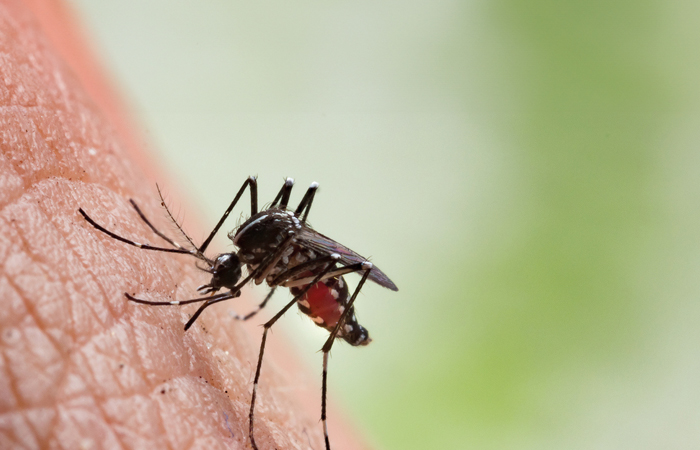Understanding the issue
Some of the most common health problems experienced by travellers include sunburn, travel sickness and insect bites and stings, but consideration should be given to other, potentially serious issues such as malaria, infections and blood clots. These risks are relevant to all travellers, regardless of their destination.
- Travel or motion sickness is miserable for those who experience it, causing nauseousness, sickness, headache, feeling cold, sweating and dizziness. It is caused by the inner ear and eyes sending different signals to the brain when travelling. The up and down motion of a boat or a plane and going over bumps and winding roads in a car commonly create motion sickness.
- Sunburn is when the skin becomes red, hot and sore as a result of too much exposure to the sun (see boxout). The skin will feel hot to touch, sore or painful and after a few days may peel. Blistering can occur with severe sunburn. Sunburn may not change the colour of black or brown skin, while white skin usually turns red or pink.
- Deep vein thrombosis (DVT) is something many long-haul travellers worry about, but it is actually quite rare in otherwise healthy people. Symptoms include a throbbing pain and swelling in one leg (rarely both legs are affected) in the thigh or calf when standing up or walking. The skin may also be warm and darken on white skin. Swollen veins that are sore to touch may also occur. DVT can be symptomless, but signs that should cause concern – and require emergency medical attention – include pain, swelling, aching, tenderness, redness and heat in the calf of one leg, or breathlessness and chest pain if the clot has moved to the lung. This is known as a pulmonary embolism (PE).
- Insect bites and stings can be painful and itchy but will usually clear up on their own quite quickly. Bites usually appear as a red, small and swollen lump. If there are multiple bites, these can appear as grouped together in one area. Sometimes a bite can cause a mild allergic reaction, in this instance the skin becomes raised and itchy around the bite or sting.
Remember
Infected insect bites are one of the seven Pharmacy First conditions. Look out for our Pharmacy First module on infected insect bites and stings in our July issue. See also our module, in conjunction with CPPE, for more information on here.

